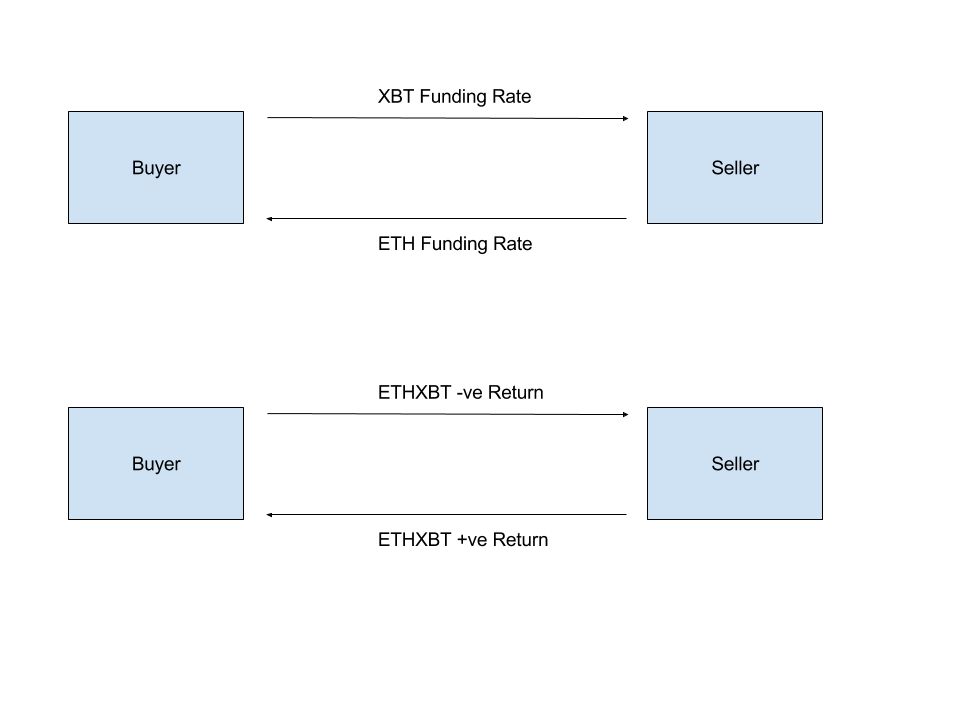Contents:


For example, you bought a watch for Rs. 500 and lost it without wearing it even for a single day. Or you purchased a movie ticket for Rs 200 but could not attend the show due to prior commitments. Possible decrease in selling price due to increase in production. By suspending the manufacture certain fixed expenses can be avoided and certain extra fixed expenses may be incurred depending upon the nature of the industry. It is helpful to the management in making profitability calculation when one or more of the inputs required by one or more of the alternative course of action is already available. Hence expenditure which has taken place and which is irrecoverable in a situation is regarded as sunk cost.
relevant and irrelevant cost costing focuses on just that and overlooks other prices which do not affect the long run cash flows. Relevant prices are accepted future prices and relevant profits are anticipated future revenues that differ among the many various course of action being thought-about . In the sector of Management accounting, one feature of related value is that they’re future prices which have not been incurred. Hence the cost of material is related value as long as the material not bought due to deciding whether or not to buy the fabric, one is to decide to maintain the price or evade it.
Project aims to bring affordable housing, jobs to St. Paul’s East Side – Sahan Journal
Project aims to bring affordable housing, jobs to St. Paul’s East Side.
Posted: Wed, 26 Apr 2023 07:00:00 GMT [source]
When analyzing a business decision to make or buy, we should note several factors. The analysis should thoroughly examine all costs related to the manufacture of the product, as well as all costs related to the purchase of the product. This analysis should include both quantitative and qualitative factors.
Timing of cost and benefit is not important in the technique of relevant costing. On the contrary, the financial analyst considers the cash flow along with the timing of it. The consideration of time factors allows the discontinuation in the cash flow in financial management theories. Relevant costing suffers the limitation on this count but serves the practical objective of profit. Another issue in relevant costing is handling the opportunity cost.
Studies have demonstrated that related costs will make a difference in a choice. A related price solely relates to a particular administration determination and which will alter in the future on account of that call. Other theorists described that related costs are future costs that may differ amongst options. Relevant costs are the prices which might change on account of the choice under consideration, the place as irrelevant prices are these which would stay unchanged by the decision. Therefore only relevant value can be included in the investigative framework .
Based on the Nature of Expenses
Qualitative factors to be considered require more subjective judgment. Indirect costs are expenses that could not be traced back to a single cost object or cost source. However, they are extremely important as they affect the total profitability. The idea behind the concept of opportunity cost is that the cost of one item is the lost opportunity to do something else.
Companies can usecost accounting tools to manage their expenses strategically for a successful business functioning. Moreover, it helps determine the company’s profit benefiting the company and its employees. Opportunity costs include the expenses you incur while choosing one production option over the other. For instance, a company with a limited production capacity needs to choose the production of toy cars over toy frogs, considering the higher profit involved in it.
For instance, a company decides the marginal cost for producing 100 units of soft toys. With this technique, they can determine if the production unit exceeds 140 and whether it will be profitable or not. A company determines the number of units to produce and decides a cost structure based on that. It is used to determine the impact on expenditure and profit if a single unit of production exceeds the estimated one. For instance, if you are computing the direct cost accounting for a construction business, only material cost will be used for analysis. While running a business, companies need to employ cost accounting strategies to analyse their cost structure.
Types of Cost Concept
Private cost implies the cost that is sustained when an individual produces or consumes something. The business person spends his/ her own private or business interests. The social cost is the cost to an entire society that results from a news event or a change in the policies. Sunk costs are important because they can distract you from the decision-making process.
Astonishing Growth In Content Intelligence Market Projected To … – Digital Journal
Astonishing Growth In Content Intelligence Market Projected To ….
Posted: Thu, 04 May 2023 16:45:02 GMT [source]
This error can lead to inadequate long-term planning based on short-term cost commitments. If the products are making a contribution towards fixed expenses or in other words if selling price is above the marginal cost. Something committed contractually is effectively a sunk-cost and thus is an irrelevant cost for the decision making process under germane consideration.
Define the problem, make it the focus of the discussion, and guide the actions of all analysts. This step helps determine what is important and what is an unimportant distraction. So make or buy decision remains between remains between B and C. 2) Whether it would be profitable to make any of the balance of components required on a second shift basis instead of buying them from outside suppliers. Discontinuing a product, suspending or closing down a segment of the business.
What Is a Sunk Cost Fallacy?
They can also include fixed and variable costs that can be determined with certainty or estimated. Likewise, quantitative costs include the price of the product under consideration, as it is being priced by suppliers who offer the product on the market for sale. Q-4 G ltd. produces and sells 95,000 units of X in a year at its 80% production capacity. The company is continuously incurring losses and management plans to shut down the plant.
Under this procedure, the cost is assigned to a company’s product, services, and other company activities. Check out the following sections for a complete idea of the concept and techniques of cost accounting. The relevant costs are affected by a managerial choice in a given business situation. In other words, these are the costs that must be incurred in one managerial alternative and avoided in another.
What is cost accounting?
This does not mean that all costs which occur in future aren’t related value. For a value item to be related, each the conditions must be current. Details on this page are subject to change as per University of Delhi guidelines.
If the correct and accurate results are to be obtained, then proper thought has to be given to the matter. Each cost item apparent or hidden needs proper attention before assumption are built in the solution. It is not proper to proceed on the assumption in the context of relevant costing. The cost so indicated on the relevant cost statement is valid only at a given level of activity. Experts stated that in relevant costing, period of comparison is often incomplete or incomparable.
- A related price is a value that solely relates to a specific management decision, and which is able to change sooner or later on account of that call.
- This is primarily because it is psychologically difficult to give up previously invested resources, even when the result does not live up to expectations.
- If the products are making a contribution towards fixed expenses or in other words if selling price is above the marginal cost.
- This is because cost accounting help assesses the efficiency of every worker and keeps a competitive work spirit going on.
For example, a comparison of two alternative production methods may result in identical direct material costs for both the alternatives. Relevant price analysis is a cost accounting based analysis technique. It is simply an improved utility of basic rules to business choices. Relevant prices are the prices which might change because of the decision into consideration, the place as irrelevant prices are these which would remain unchanged by the choice. A relevant cost is a cost that only relates to a specific management decision, and which will change in the future as a result of that decision. The relevant cost concept is extremely useful for eliminating extraneous information from a particular decision-making process.
Everything About Sunk Costs and Its Impact on Decision-Making
Thus, the cost is nothing but a payment of value that is given in order to utilize the service or goods. The concept of cost gives an indication of the overall resource required to avail the same. Calculate the shut down point for the quarter in terms of numbering units. The increase in profit, if any, if the component suggested in point 3 is purchased from the market. Supply of all or any part of the total requirement can be obtained at the following prices, each delivered to the factory.
The essential pre-requisite for making managerial decisions by using incremental cost technique, is to compare the incremental costs with incremental revenues. This technique is applicable to situations where fixed costs alter. Save taxes with Clear by investing in tax saving mutual funds online.
Variable costs change as per the production procedure and level. For instance, the cost of raw materials varies as per the production volume. Incremental costs are the changes in future costs and that will occur as a result after a decision is made. 9.It is inappropriate to ignore sunk costs when comparing different options.
Inadequate soft skills are the biggest reason for worker mis-hiring – HR Grapevine
Inadequate soft skills are the biggest reason for worker mis-hiring.
Posted: Fri, 05 May 2023 08:38:23 GMT [source]
For instance, a company purchased the property 50 years ago for Rs. 10 lakhs; at present, the property valuation is Rs.50 lakhs. However, if the company maintains historical accounting, it will record the property price of Rs.10 lakhs only. An item of cost may be relevant for one scenario and irrelevant for different. A related price is a value that solely relates to a specific management decision, and which is able to change sooner or later on account of that call. The related value idea is extremely helpful for eliminating extraneous data from a specific choice-making process. Variable costs change based on production levels, so producing more units will add more variable costs.

Relevant cost is a managerial accounting time period that describes avoidable prices which are incurred solely when making particular business decisions. The concept of relevant price is used to remove unnecessary knowledge that might complicate the decision-making course of. To answer what is meant by sunk cost, it would be defined as the spent amounts that are irrecoverable. Sunk costs arise because certain activities require specialized resources that cannot be easily reallocated to other uses due to limited second-hand markets. Normally all Sunk costs are fixed costs, but the same does not hold vice versa as all fixed costs are not sunk costs.
Q-1A ltd. engaged in manufacturing agricultural machinery is preparing annual budget for the coming year. The company has a metal pressing capacity of 20,000 hours, which will be insufficient for manufacture of all requirements of components A,B,C and D. In other words, it can be defined as the cost of one unit of product or service which would be avoided if that unit was not produced or provided. Contribution from the other profitable product, which is proposed to produced with the balance capacity.
Irrelevant costs are these that won’t trigger any difference when choosing one different over another. Cost accounting refers to the computation of a company’s overall expenditure. This procedure includes an assessment of a company’s variable and fixed costs involved in each step of production.
